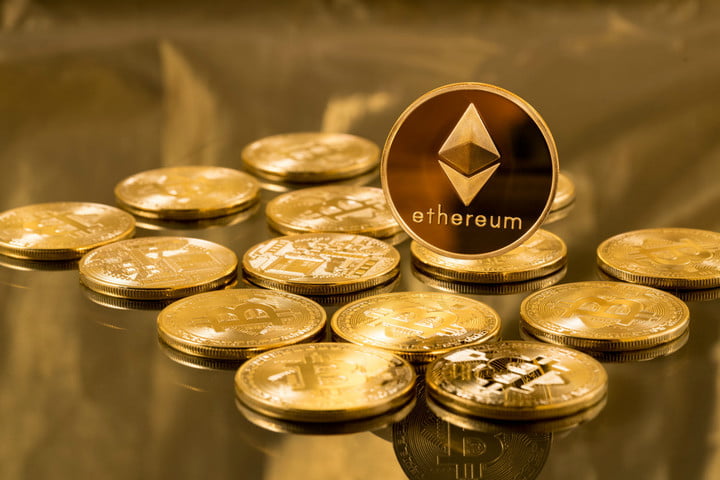
Source: PaxForex Premium Analytics Portal, Fundamental Insight
Ethereum (ETH) is the second-largest cryptocurrency by market capitalization, which at the time of writing is over $314 billion. Recently, there has been a lot of media coverage and discussion about various cryptocurrencies, which have been called "Ethereum killers," regarding the leading players in cryptocurrency smart contracts.
These coins should collectively outperform ETH because they can process more transactions per second than the Ethereum network, and at a lower processing cost than Ethereum's current average cost of around $30 per transaction.
Nevertheless, rumors of Ethereum's downfall are false, and ETH could be an unexpected breakout this year.
The main cryptocurrencies tasked with displacing ETH are Cardano, Solana, EOS, and Polkadot. Nevertheless, each of them has its own problems. Cardano recently had an update problem that hindered trading on Coinbase and has yet to be fully resolved. Solana's recent popularity has provoked several network outages and numerous disgruntled users. Polkadot's interest rate feature is reportedly risky, expensive, and discourages users. Meanwhile, EOS appears to have been overtaken by its rivals.
While Ethereum is trading 46% below its high, each of the aforementioned projects, according to CoinMarketCap, is in much worse shape at the time of writing: Solana is down 62%, Cardano is down 65%, Polkadot is down 66%, and EOS is down as much as 90%. Thus, the competitive threat to Ethereum's dominance of smart contracts is now severely weakened.
Two weeks ago, Ethereum transaction fees were down 35% as developers keep upgrading the network as part of the ETH2.0 development plan. That plan calls for increasing the number of transactions per second to more than 100,000, which should lead to further reductions in transaction costs and settlement delays.
As per the Ethereum-tracking website UltraSound.money, a total of $1.079 billion in Ethereum (ETH) fees were "burned" in January, a single-month record. "Fee burning" is an automatic "self-destruct" mechanism that removes a certain percentage of ETH from the circulating supply of coins. These fees were used to pay ETH miners as a reward for their execution of the "proof-of-work" protocol when confirming transactions on the Ethereum blockchain.
Fee burning began on August 5, 2021, as the first key step in the transition of the Ethereum network to a better "proof-of-stake" consensus model following the activation of EIP-1559. The burn feature is the intentional reduction of Ethereum's total circulating supply to increase the value of a particular coin, using basic principles of supply and demand.
By the end of last year, the project had taken more than 1.5 million ETH out of circulation, the equivalent of $4.5 billion.
It's worth noting that more than $1 billion in burned Ethereum last month consisted entirely of transaction fees, which means that a lot of transactions were made. The vast majority of those transactions took place on NFT's flagship OpenSea platform. In January, OpenSea set a new single-month revenue record of more than $5 billion in NFT transactions, most of which came from the Ethereum network.
OpenSea's record revenue confirms the fact that Ethereum is still the primary network for decentralized finance (DeFi) and non fungible tokens (NFT) exchanges and transactions. DeFi's $100 billion in assets are currently stored on the ETH blockchain, and this automated banking system is becoming increasingly popular. And NFTs continue their explosive growth, with $20.8 billion in sales as of this writing, according to nonfungible.com.
Project ETH stands a good chance of continuing to benefit from these trends this year. It currently trades at $2784, 44% below its all-time high, and it could double or triple that price this year. In 2021, the cryptocurrency had a yield of 450%, so that is quite possible given its use and positive prospects. However, reaching a price of $10,000 per coin is far-fetched considering the current macroeconomic environment and the looming threat of possible cryptocurrency regulation.
As long as the price is above 3050.00, follow the recommendations below:
- Time frame: D1
- Recommendation: short position
- Entry point: 2766.00
- Take Profit 1: 2115.00
- Take Profit 2: 1340.00
Alternative scenario:
If the level of 3050.00 is broken-down, follow the recommendations below:
- Time frame: D1
- Recommendation: long position
- Entry point: 3050.00
- Take Profit 1: 4065.00
- Take Profit 2: 4870.00













